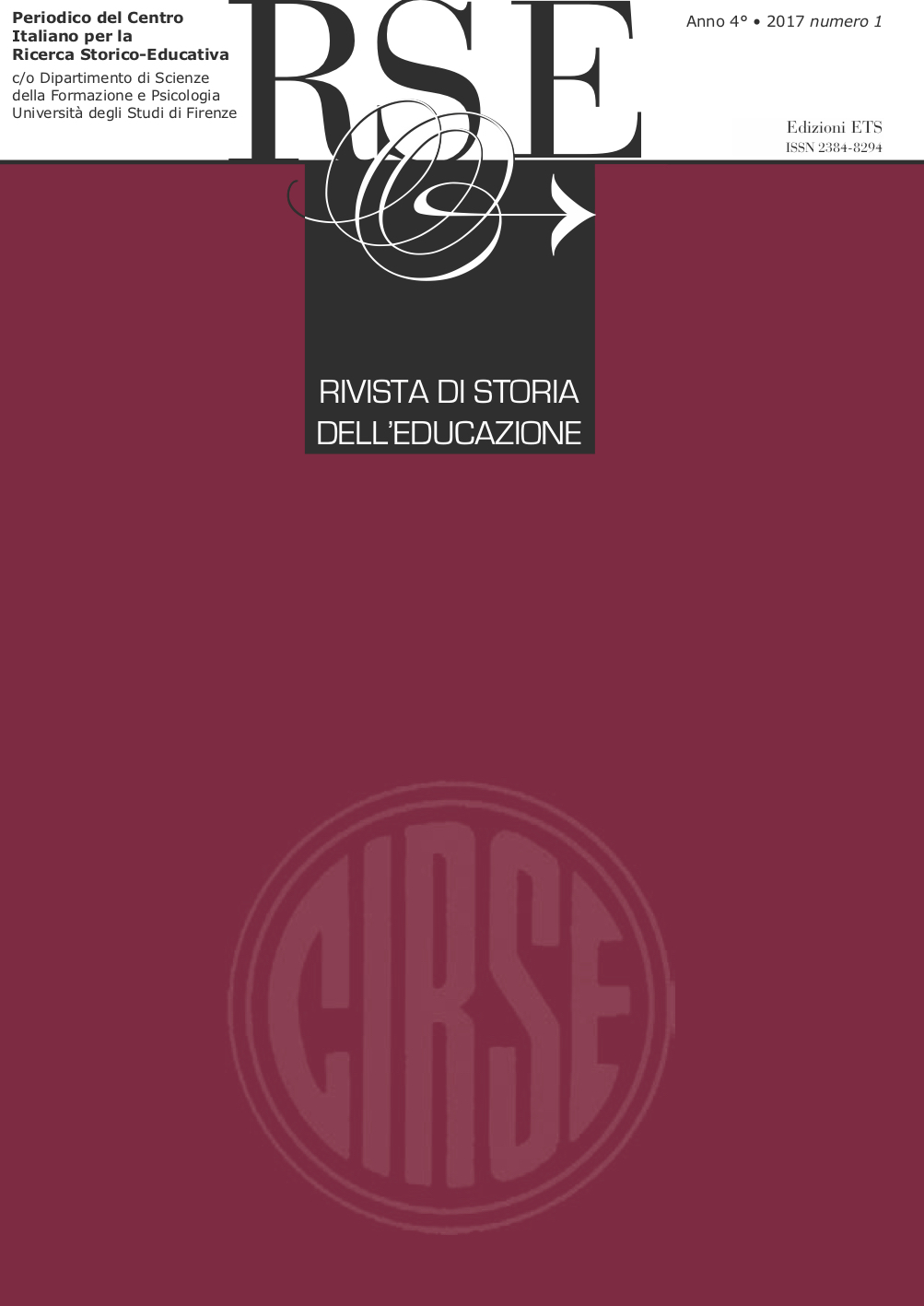The primary school in the national territory of Santa Cruz: a tool to nationalize the populations of a peripheral region (1884-1957)
Published 2018-06-12
Keywords
- primary school, National Territory, nationalisation, periphery
How to Cite
Abstract
The men of the Generation of the (18)80s and from the first decades of the 20th century in Argentina considered that the school was the fundamental tool, on the one hand, to homogenize the heterogeneous population that was the result of the massive immigration process and, on the other, to get the children of immigrants to become Argentines.
In the case of the National Territories, the school, together with the Armed and Security Forces, was considered one of the agencies of the Central Government. For this reason, in addition to the goals mentioned above, the school had also that of contributing to integrate the children of immigrants to the nation.
These goals were not always achieved due to a range of obstacles, among them the large dimensions of the area and the scarce population, so that often those goals remained an expression of wishes. The situation changed in the 1930s and 1940s, when the Patagonian Territories attracted a larger geopolitical interest, which also had a positive impact on education. In spite of this, the civil society continued to point out the shortcomings and to ask for improvements of the schools of these Territories.
The aim of this article is to analyse how the schools in a peripheral territory, namely, Santa Cruz, achieved their goal of creating a nation, which obstacles they found and how they went about overcoming them.

